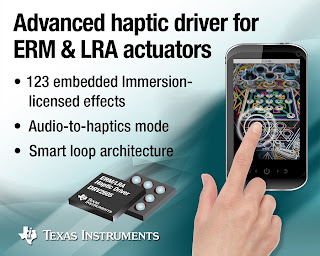Geo Semiconductor already has a all the big-name professional video makers using its chips, including Sony, Panasonic, Toshiba, Philips, Sharp and Samsung. Now it wants to add GM, Ford, Toyota and the rest of the automotive world, plus its pioneering the smart home by incorporating smart video analytics into its ultra-high-soeed eWarp video processor: R. Colin Johnson @NextGenLog

Geo Semi's video analytics enable consumers to define a region where their home monitor activates, here guarding glass door (left) or anything above waist-high (right) without sounding alarm when dog walks by at floor level.Further Reading






















